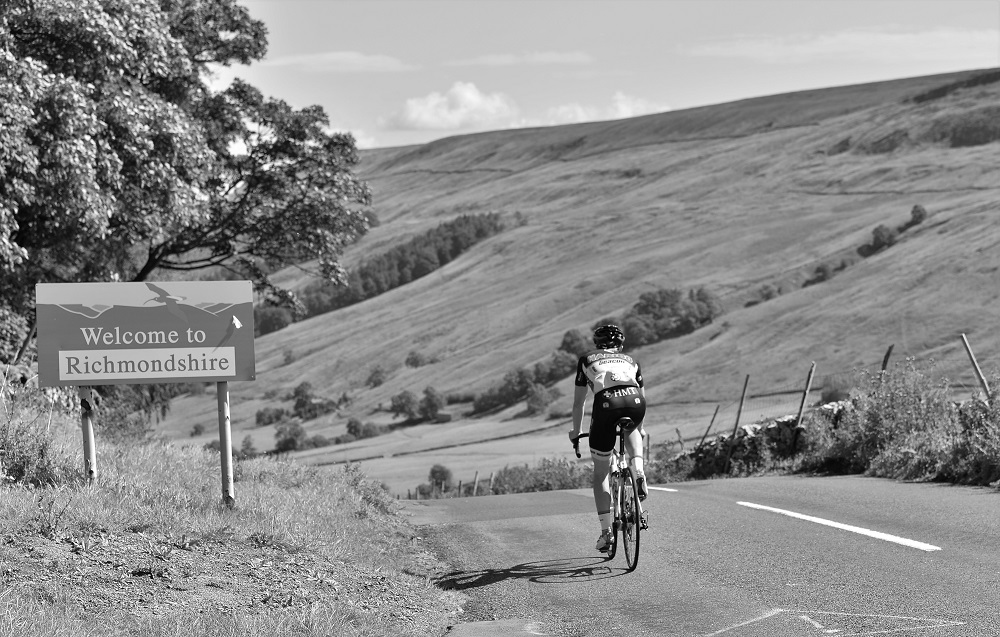The longer we ride and the more experience we gain, the more we learn, right? Here’s some tips and skills gleaned from years of messing about on bikes.
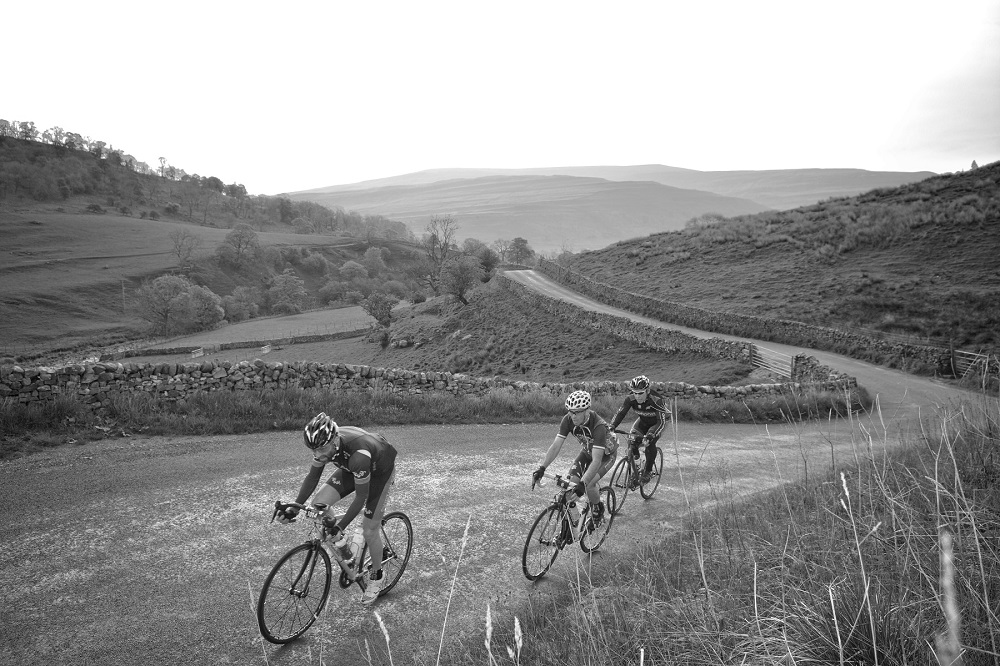
Comfort
Are you spending more time on your road bike but picking up annoying aches and pains along the way?
Wider tyres
If you are serious about making your bike as comfy as possible, tyres are a great place to start. Still riding 23mm tyres? Try 25’s, if you are riding 25’s and your frame will fit them try 28’s. Marvel at how a once painful machine now feels like an arm-chair.
Double / Thicker Handlebar Tape
Doubling your bar tape or using thicker tape or under tape gel inserts can offer huge relief if you suffer from wrist / hand ache whilst on longer rides. Regularly changing hand position on the handlebars will also relieve a lot of wrist / hand issues.
New Bike? Have a ‘tweak-ride’ to get your position fully dialled.
Don’t just jump on your new bike and try to ride your usual ride or in your usual group. It’s worth considering having a bike fit or at least have a ‘tweak ride’ to get everything set up right. Don’t assume your new bike is delivered ready for the road. Although Merlin Cycles fully check bikes before boxing and shipping, not all shops do.
Flat Road Shuffle
If you live somewhere very flat and never have to get out of the saddle for climbing or accelerating out of corners, it is worth still regularly getting out of the saddle. Constant pressure in the ‘sensitive area’ will eventually lead to a saddle sore or discomfort. Set an alarm every 30 minutes on an electronic device to remind you.
Core Muscle Strength
Don’t forget your core muscles. For bike riders it’s the essential bit which connects where the power is generated with the rest of the body. Try some planking, squats, side bridging and step-ups to activate and strengthen your core.
Replace your Base
If you are planning a mid ride cafe stop, take a spare base layer / hat or skull-cap to change into. As soon as your body temperature drops when you stop riding and are sat in the cafe, you will feel cold and wet. A quick change will remove that cold wet feeling from your chest and head and leave you feeling fresher for the ride home.
Gradual Changes
Any position tweaks are best done very gradually and they may take time to adapt to. Avoid making several positional changes at the same time, this makes it harder to pin-point any issues or changes that work well.
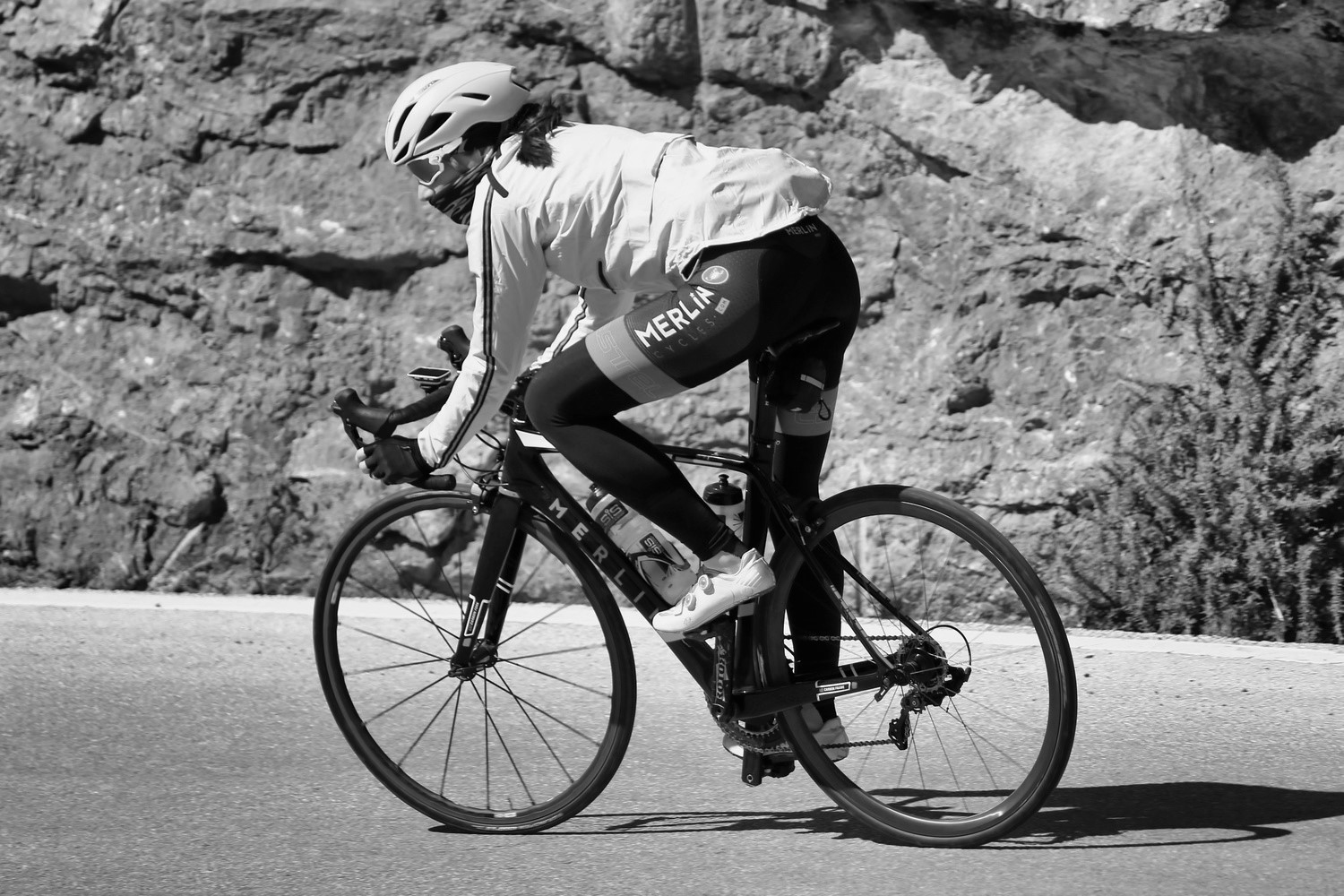
Emergencies
Long rides can take you far away from home. It’s best to be fairly self-sufficient. These simple bits and bobs could save your day!
Cash
Use a little bit of duct tape to attach a £5 note (£50 for those in London) just under the base of your saddle. When you need an emergency can of coke and a mars bar to get you home, your cash will be there. We’ve all done, so make sure you’ve got cash. Its even worse without money…
Split Link
Now and again chains break. Longer rides in big groups increase the chances of this happening to you or someone you are riding with. Having the solution will turn you into the hero of the ride! Chain joining quick-links are light and cheap but can be a complete ride saver!
Zip Ties
The humble zip tie can also bodge your ride enough to get you back home. Pop bar end plugs out and leave a couple inside your handlebars.
Gel
Use that secret pocket in your jacket to store an emergency gel. If you don’t have a secret pocket, duct tape a gel to the underside of your saddle (next to your fiver) and forget about it. Always remember to replace your emergency gel though if it gets used!
Phone
If your phone isn’t a Nokia brick from 1995, the chances are it will have a camera on it. Take a photo of a map of your ride in the middle of nowhere, just incase you get lost or you can’t get any phone / GPS reception.
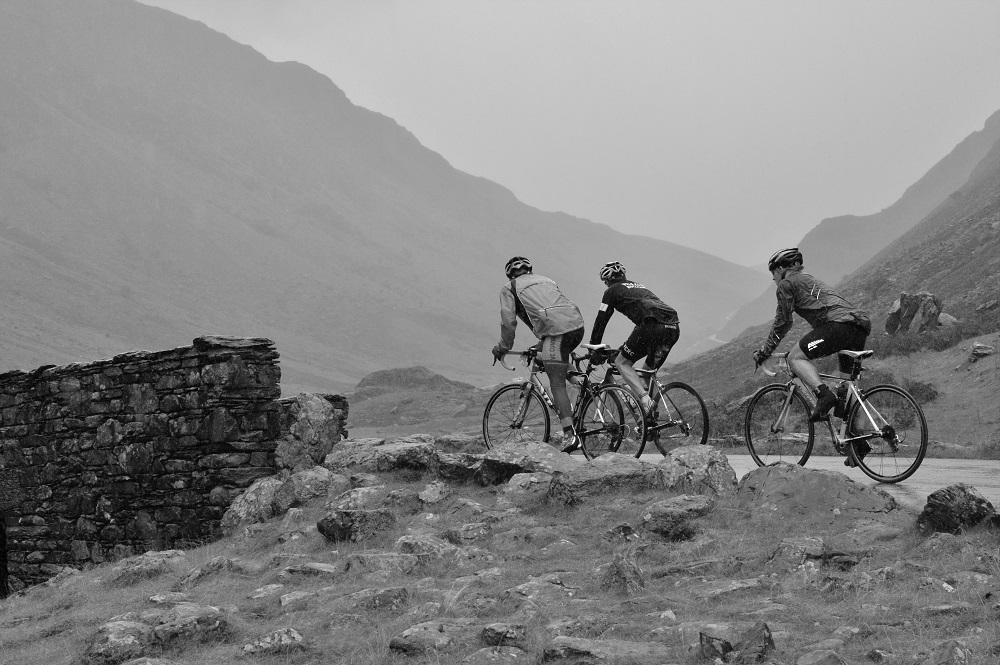
During Your Ride
Go Early / Late
Heading out early in the morning or later in the evening, usually avoids the bulk of the traffic. Riding in quieter conditions is usually safer and makes for a more relaxing ride. Make yourself more visible for early / late rides with lighter clothing and lights, even when it’s daylight, lights give an extra warning for other road users.
Avoid the Gutter / Holes
Keep out of the gutter and watch for bad stretches of road (holes / gravel etc). Avoid riding down holes in the road – they are dangerous to you and bad for your bike. If you see a hole ahead of you, always check for traffic behind before pulling out to avoid it.
Alternate Climbing Styles
Break up climbs by using easier gears at a higher cadence and then bigger gears at a lower cadence. Higher cadence climbing relies on aerobic fitness, lower cadence climbing relies more on muscle strength / power. By mixing up your climbing you can reduce excessive fatigue brought on by always climbing the same way.
Keep a steady pace
This definitely comes with experience. Get to know how fast you can comfortably cruise along at for extended periods of time. This is especially important in a group ride. Nothing annoys other riders more than a constantly changing tempo.
Finish Faster
If you have sustained a steady pace for the duration of your ride, but are feeling better than you thought at the end, try to make the end of your ride harder. Either adding an extra loop or increasing the effort should finish your ride off nicely.
Keep Aware
Keep a sharp look out for stuff on the road which could cause damage. Make sure you avoid this yourself but also make sure you indicate it to other members of your ride group with a hand gesture or shout. From glass to bits of metal off a truck or dead animals – avoid hitting anything – it can end in tears.
Ride to the Conditions
When it’s wet or icy take it easier on the corners and when out of the saddle. Only push the boundaries if you are happy with the decent chance that you might fall off.
Be Realistic
Ride ‘within yourself’ and try not to get carried away and attempt to ride at a level that is beyond your capabilities. Riding at a level you are able to hold for longer will ensure that you keep it enjoyable and get home without too much suffering.
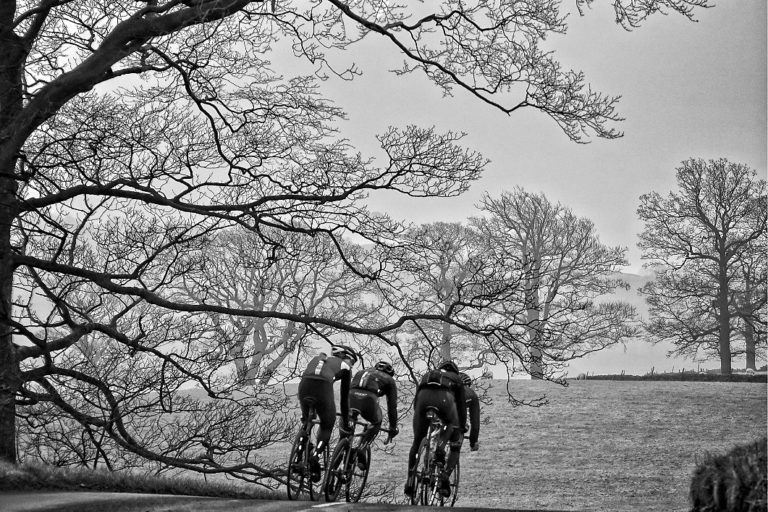
More Speed!
Ride Faster! No it really is that simple! Ride behind other riders to save energy whenever you can.
Power Up! Training with a power meter gives a greater understanding of how to use your power more effectively – when to ease off and when to make more effort. Most coaches use power data to track and ultimately improve riders results.
Ride Aero! If you can comfortably ride along with your hands in the aero-hoods position, you will ride faster using less power. Try to avoid sitting upright on the tops.
Carry Speed. Don’t brake unnecessarily and scrub off speed – it takes a lot of effort to regain it!
When it’s Windy. Don’t ease off and relax with the tailwind, press on. Soon enough there will be a headwind to challenge you even more! Nobody said riding fast was easy…
Reduce your Power Demand. The last few years have seen a lot of development in the measuring of power. This has also had the effect of being able to pin point what aspects of riding have a measurable impact on our riding. Make the best use of the power you have through minimising the watts required. From a more aero riding position to shaving your beard… This blog from 2017 gives some power saving options.
Check your bike. Make sure tyres are up to the right pressure and that wheels are not catching brake pads especially when climbing as lighter wheels can flex under load.
Keep it Clean. Clean bikes are faster! As well as giving your bike a good clean, make sure the chain gets de-greased and re-lubed to maximise its life too. Dry chains make a crying noise, this is to try to alert their owners of their suffering, don’t make your chain cry…
